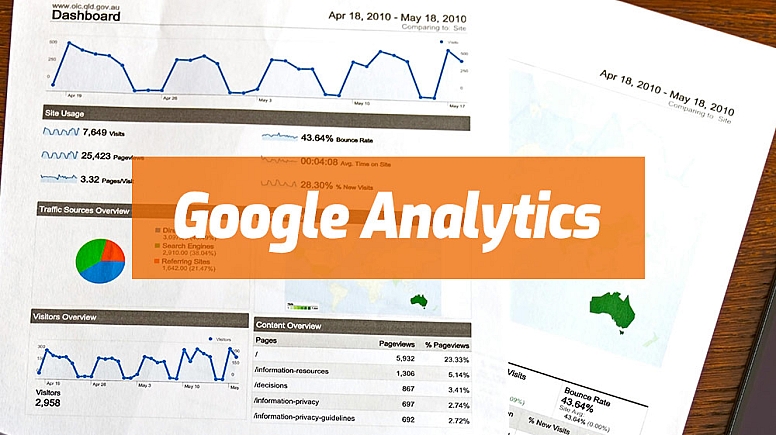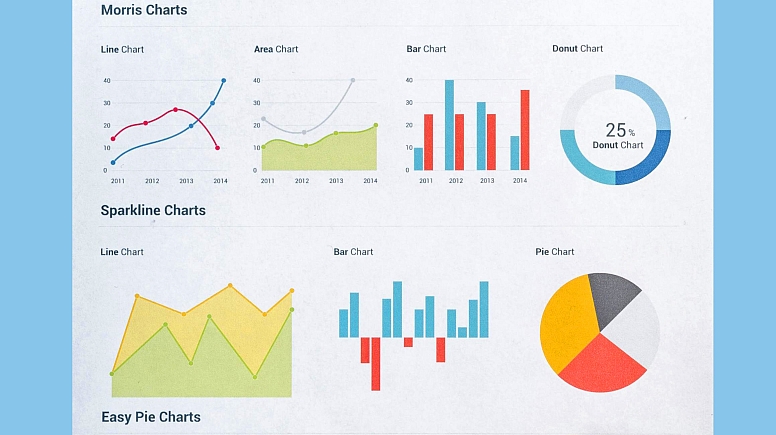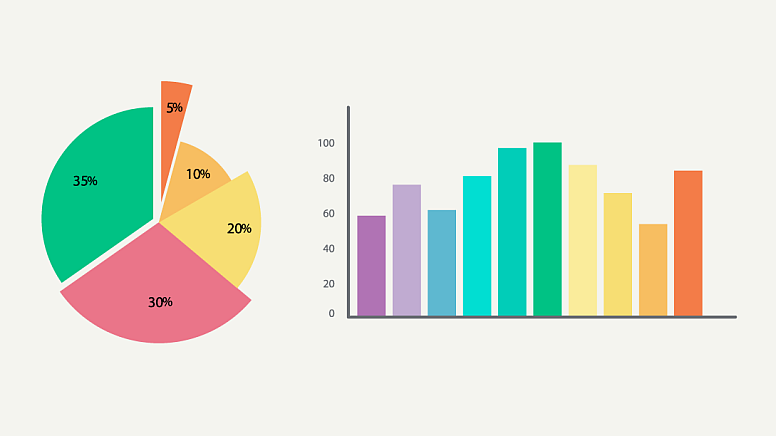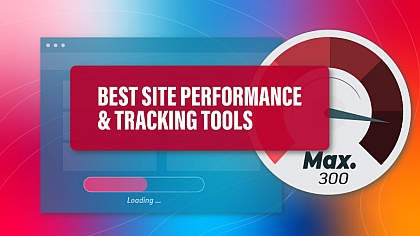
How to Use Google Analytics: A Beginner's Guide for Creatives
Google Analytics is an essential tool for anyone looking to understand and optimize their website's performance. Whether you're a designer, blogger, photographer, or any other type of creative professional, learning how to use Google Analytics can help you track your website's traffic, understand user behavior, and improve your digital marketing strategy.
This beginner's guide will walk you through the basics of using Google Analytics, with a focus on how creatives can leverage the data to grow their online presence.
What is Google Analytics?
Google Analytics is a free, powerful tool that tracks and reports website traffic and user engagement. It provides insights into how users interact with your site, where they come from, what content they engage with, and how they navigate through your pages. By using Google Analytics, creatives can measure the effectiveness of their online marketing efforts, identify areas for improvement, and make data-driven decisions to enhance user experience and boost conversions.
Why Should Creatives Use Google Analytics?
As a creative professional, you might be focused on showcasing your portfolio or selling products online, but understanding your website’s performance is crucial for success. Google Analytics can help creatives:
- Track website traffic: Learn how many people are visiting your website and where they come from.
- Understand user behaviour: See what pages users are spending the most time on and how they navigate your site.
- Measure marketing success: Understand which of your marketing efforts, such as social media, ads, or email campaigns, are driving the most traffic and engagement.
- Improve conversions: Use analytics data to optimize your site and increase conversions, whether it’s getting more newsletter sign-ups, downloads, or purchases.

How to Set Up Google Analytics for Your Website
Setting up Google Analytics is quick and easy. Follow these steps to get started:
-
Create a Google Analytics account: If you don't already have a Google account, create one. Then, sign up for Google Analytics by visiting Google Analytics and clicking on "Start for free."
-
Add your website information: After creating your account, you’ll need to provide information about your website, such as the website name and URL.
-
Install the tracking code: Once you've set up your account, Google Analytics will provide a tracking code that you need to install on your website. This code will collect data about your visitors and send it to your Google Analytics account. For WordPress or other content management systems (CMS), there are plugins available to make this process easier.
-
Verify data collection: Once the tracking code is added to your site, check Google Analytics to ensure that data is being collected correctly.
Key Google Analytics Metrics for Creatives
When you're just starting with Google Analytics, it can feel overwhelming with all the data available. Focus on these key metrics that are most useful for creatives:
-
Sessions: This metric shows how many times users have visited your website. It gives you a basic idea of your website’s overall traffic.
-
Users: This shows the number of unique visitors to your site. Tracking this will help you understand your audience size and growth.
-
Pageviews: This metric shows how many pages were viewed on your website. It's a great way to measure the popularity of different pages on your site.
-
Bounce Rate: The bounce rate measures the percentage of visitors who leave your site after viewing only one page. A high bounce rate may indicate that your content isn't engaging enough or that your website's navigation needs improvement.
-
Average Session Duration: This tells you how long users are staying on your site on average. The longer visitors stay, the more engaged they are with your content.
-
Acquisition: This section shows how users are finding your website (e.g., organic search, social media, paid ads, or direct traffic). For creatives, knowing where your traffic is coming from can help you refine your marketing strategy.
-
Goals & Conversions: Setting up goals in Google Analytics lets you track specific actions you want visitors to take, such as signing up for a newsletter or purchasing a product. Conversions help you measure the success of your website’s objectives.

How to Use Google Analytics for SEO
For creatives who want to improve their website’s visibility and search engine ranking, Google Analytics offers valuable insights that can guide your SEO strategy. Here’s how to use it for SEO purposes:
-
Track organic search traffic: Go to the "Acquisition" tab and look for the "Organic Search" section to see how much traffic you're getting from search engines like Google. This will help you gauge the effectiveness of your SEO efforts.
-
Identify top-performing pages: Check the “Behavior” tab to identify which pages are performing the best in terms of traffic and engagement. These pages are your most valuable assets and should be optimized further.
-
Improve high bounce rate pages: If certain pages have a high bounce rate, they may need some adjustments to encourage users to stay longer or explore other parts of your site. Consider improving page content, loading speed, or design.
-
Set up event tracking for conversions: Event tracking allows you to measure specific actions like clicks on buttons, video views, or form submissions. This data can help you understand how visitors are interacting with your content and identify opportunities for improvement.
Using Google Analytics to Track Social Media Success
Social media is a key marketing tool for creatives. By linking your social media platforms to Google Analytics, you can track how well your posts and campaigns are driving traffic to your website. You can also measure conversions that result from social media interactions.
Here’s how to track social media success:
-
Set up social media goals: In Google Analytics, create specific goals related to your social media campaigns. This could include form submissions, sign-ups, or purchases.
-
Monitor traffic from social networks: Under the “Acquisition” tab, you can view detailed information about traffic from social media platforms. This will help you determine which platforms are most effective for your brand.
-
Analyze user engagement: Use the “Behavior” section to see how visitors from social media interact with your website. This can help you refine your content strategy to better meet your audience's needs.
Unlocking the Power of Google Analytics for Creatives
Google Analytics is a powerful tool that helps creatives make informed decisions to grow their online presence. You can improve your marketing efforts and achieve your business goals by tracking key metrics, understanding user behaviour, and using the data to optimize your website.
Whether you're a freelancer, a small business owner, or an entrepreneur, Google Analytics offers valuable insights to enhance your digital strategy and boost your website's performance.
Getting started with Google Analytics may seem like a lot at first, but by focusing on the basics and gradually diving deeper, you'll unlock its full potential. Happy analyzing!














